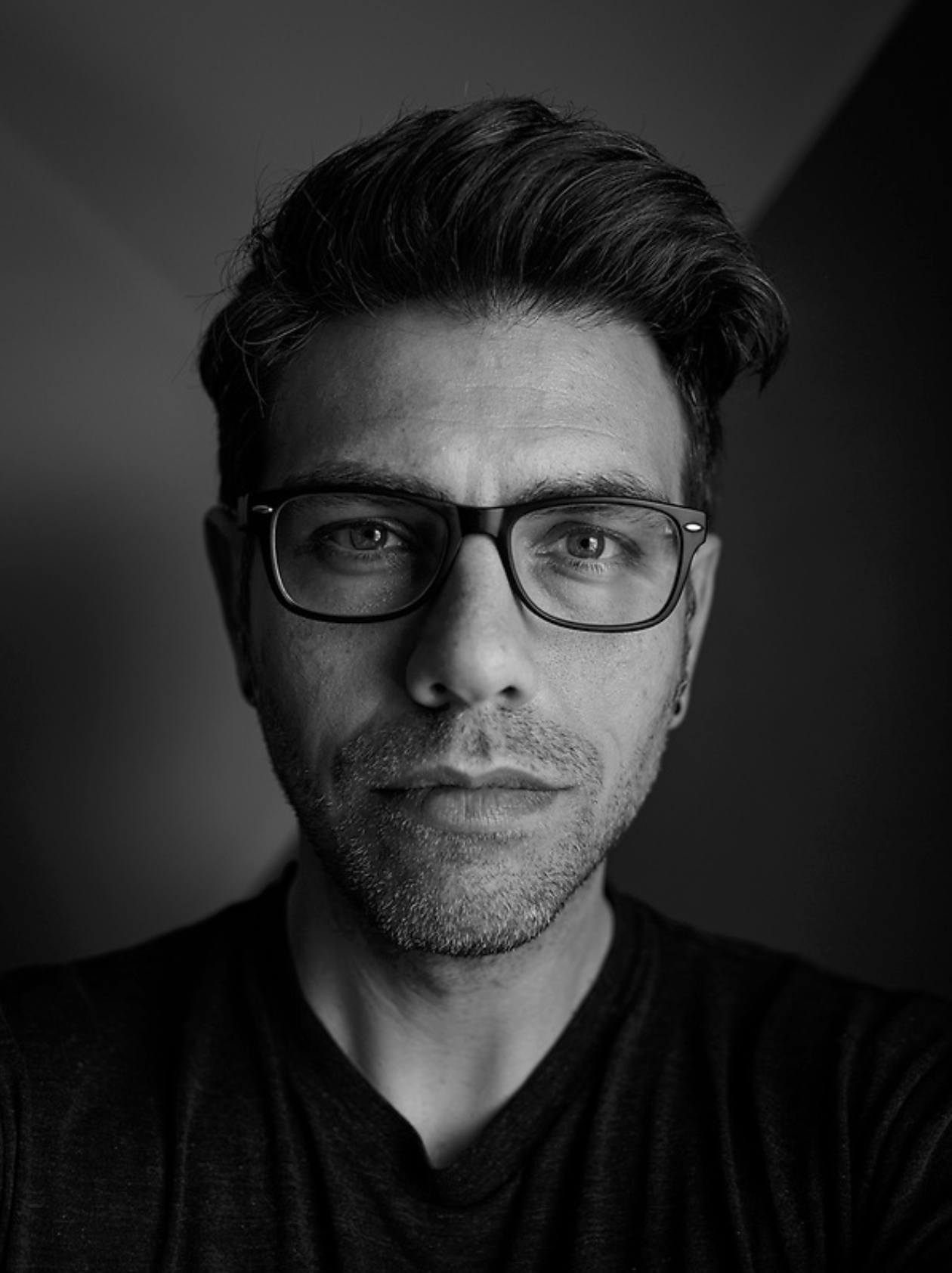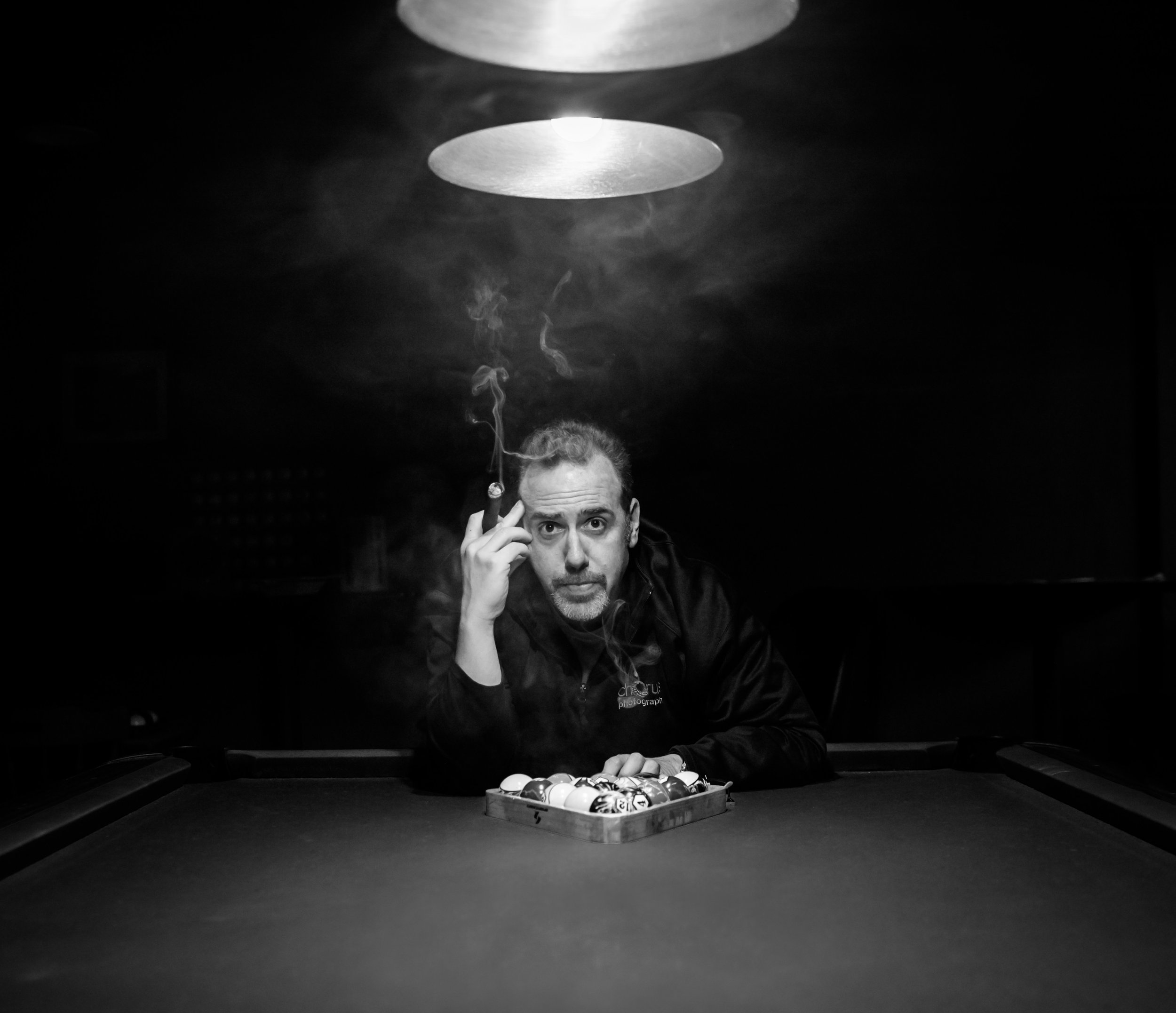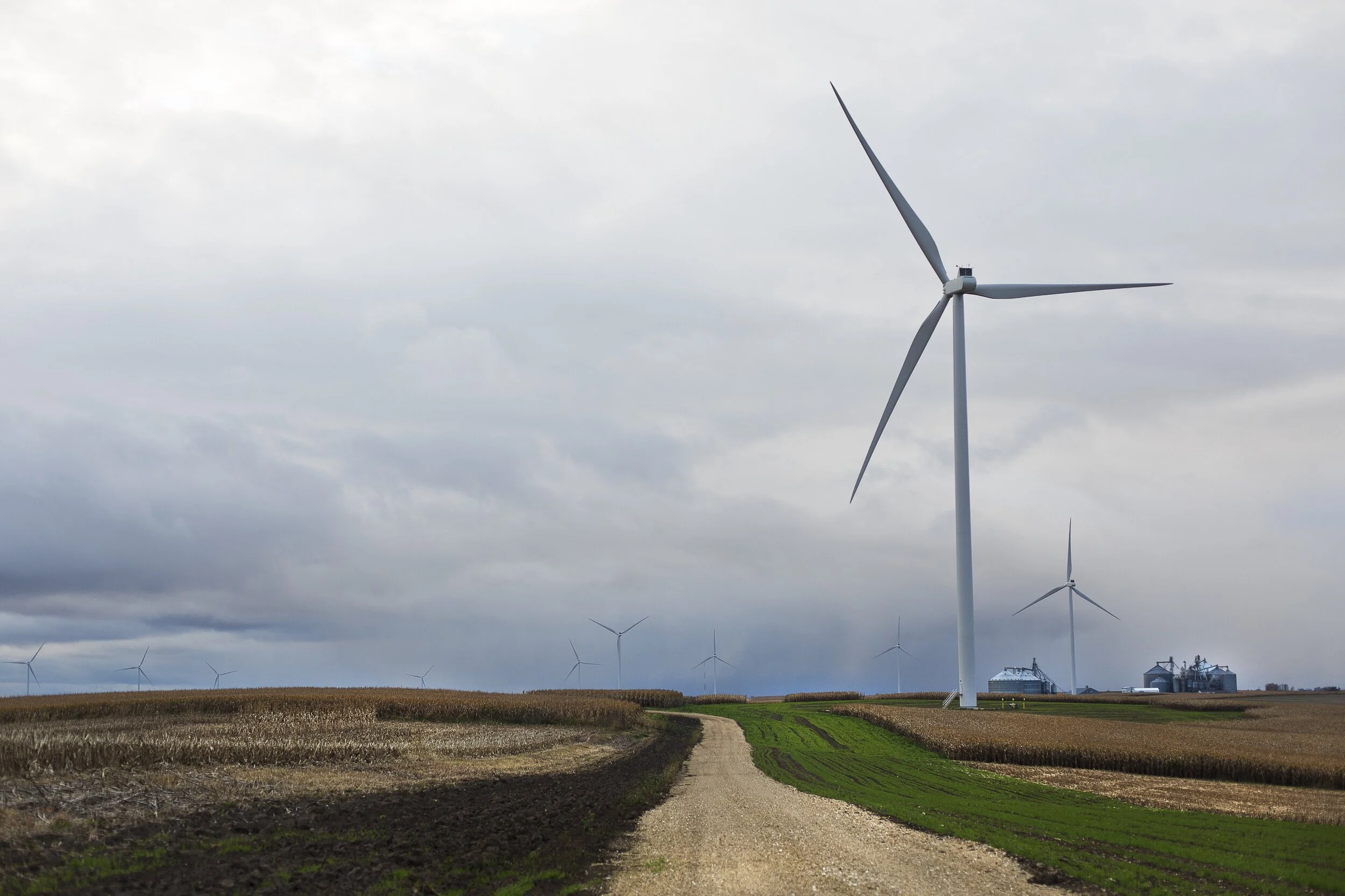Okay, I say that a bit tongue in cheek, but it’s true. The farther along in our career and and personal lives we get, we fall into ruts of what we do and who we spend time with the most (not all in a bad way, but far more often and even a little insidiously, in a mindless, unintentional way).
So, let’s break down the three elements of the Plus, Minus, Equals philosophy of connections and how it can make such a difference in your own growth and development.
PLUS:
While the word gets bandied about way too damn much for anyone’s liking and has nearly lost the gravity and importance that it used to have, PLUS in this model of connection and growth is really referring to the concept of Mentorship – or at the very least, learning from individuals in your field who have objectively created and achieved more than where you’re currently at (no shade here, it’s just a fact that you’re always going to be outpaced and out-achieved by plenty of people. Just the same way you’ll outpace and out achieve plenty of folks in turn, but more on that later).
In my mind, the key benefit of connecting and communicating with folks above your weightclass as it were in your field or in the particular skill you’re looking to grow in is this: hard learned lessons minus the struggle. As the old saying goes : “Only a fool learns from their own mistakes. A wise man learns from the mistakes of others”.
Now there’s nothing quite like the teacher that is failure/struggle/pain/etc., but connection with an advanced figure in your field is a damn close second. And more often than not, can help you illuminate the “unknown unknowns” and pitfalls one couldn’t possibly see coming. The trite analogy would be the idea of summiting Mount Everest. Instead of learning lessons yourself (cough, frostbite, cough), wouldn’t you rather start on a solid foundation of learning from those who had come before in place of reinventing the wheel so to speak.
Realistically however, each of these kinds of connection do come with a handful of pitfalls and the PLUS category of individuals can be one of the most sneakily detrimental to growth if you’re not careful.
Put simply, you’re going to get rejected, shot down, and ignored by folks farther along in career or skill level. A LOT. And there’s nothing inherently wrong with that (they’re leading busy, accomplished lives and most won’t have the time to connect on a cold email/phonecall with a junior person they may never have met). On top of that, if you as the reacher-outer don’t approach it in the right way, you’re going to set off all kinds of alarms in the mind and inbox of the PLUS you’re trying to connect with – Hot take, if you use the word “mentor” or “mentorship” explicitly or throw out a phrase like “pick your brain”, you’re going to have a BAD TIME.
Second, another pitfall of connecting with PLUS folks is objectivity. And what I mean by objectivity is this – The tendency in all sorts of industries or skills is to view the folks at the proverbial “mountaintop” as larger than life. As such, the real thing to avoid is any and all kinds of HERO WORSHIP. You can see through that kind of insincerity a mile away. If the kind of person you’re reaching out to needs you to butter them up to build a rapport and to open the door to learn from them, they are NOT the kind of person you want to learn and grow from. We’re all multifaceted beings and to distill them down to the pinnacle of their career or skill is not only super reductive to them as an individual, but once you lose that objectivity, how are you going to be able to think critically about the lessons and insights you might get?
So where do you go from there with the PLUS folks on your connection quest? Make a list of 20 people in your industry or skill that you would want to connect with and, for each, nail down EXACTLY what the scope of that learning would be – specific and relevant enough that they’ll be able to understand why you reached out to them in particular. Better yet, do you have any mutual connections who might be able to reach out and make a no-pressure introduction? From there, if you’re fortunate enough for one or two folks to respond, you can try to build that relationship OVER TIME.
(and just as a cheeky aside, there’s a really big part of the photo forward podcast that grew out of a need for more PLUS folks in my circles through interviewing brilliant visual creators, through the magic of technology, all around the globe that I may never have the chance to meet in person)
MINUS:
Alright, now that we’ve cleared out the hero worship and fawning over the greats, let’s move on to what I think is arguably the most important group to build connections with – the MINUS folks. Like I mentioned on the PLUS group, there’s nothing inherently negative or problematic with talking about a MINUS population who aren’t as skilled or far along as you. Just facts. So why would you want to grow connections with those who are objectively less skilled than you?
In my mind, the true benefit of building these kinds of cross-skilled relationships is both a little counterintuitive, but super obvious when you spell it out. TEACHING (or as it’s been coined referring to teaching folks only slightly behind where you are “The Protege effect”. One of the most brilliantly simple and effective quotes that typifies this is the old (possibly) Albert Einstein adage “If you can't explain it simply, you don't understand it well enough.” What makes a teacher a teacher is their ability to understand complex topics in such detail and with such alacrity that they can translate that domain-specific knowledge into lectures with students who know relatively far less. And not bore them to tears in the process.
Once you yourself cease to be in the group of complete newbies on a topic or in a career field, you really do owe it to the world to give back to the collective knowledge and growth of the “next generation” in your area. I wouldn’t be anywhere close to the achievements I’ve gotten without learning from those above me, so to actively neglect that to those less far along than you is hard to describe as anything less than unwise (if you’re being generous) or (let’s call a fucking spade a spade) selfish and gatekeeping.
So what could possibly go wrong with getting a deep understanding of your skills and teaching the up-and-comers? Well, in my mind, there’s really only one potential downside to over-indexing in the MINUS group of folks for connection and growth. It’s definitely possible to extend yourself too far in this direction and end up spending a disproportionate amount of time being the PLUS for new folks in your field that you end up not keeping pace with the EQUALS or learning your own lessons. If you’re constantly teaching, your’re probably not spending enough time building your own experience and run the risk of stagnating a bit in your own endeavors.
Now when we get to action steps, this can be a bit trickier because so many of these interactions require a bit more serendipity and responding to MINUS folks that reach out to you personally. But it doesn’t have to be quite so passive! How you might ask can you manifest these connections into existence? This is where the beauty of Web 2.0 comes into play. If you have a lesson to share, there’s pretty much an unlimited number of ways to get that out into the world through blogs, LinkedIn posts or *wink wink* just start a podcast and put out episodes like this. And more than anything, don’t feel like you have to be a know it all to know enough to teach – You don’t have to have read the entire book, you just need to be a chapter ahead of the students.
EQUALS:
Last but certainly not least we’re left with the final group in this connection and growth concept – the one we always think of first when you think of networking and skillbuilding your EQUALS. While it’s kind of a duhh section to include in the episode (“Yeah Ben, real fuggin insightful to suggest that you should CONNECT with people who are CLOSE in skill level to you. Eye Roll.”). But stay with me here. I think there’s gotta be particular reasons WHY you’re collaborating with and with WHOM you’re working with to make these EQUALS connections actually valuable. From my experience over the last decade as a photographer and cinematographer, I think when it comes down to it, there are three big factors that transform a good EQUALS connection to a great one – Aligned Values, Productive Collaboration, and Candid Communication (oddly enough, as I write this out it’s really hard not to super impose these onto what it takes to make a healthy and successful romantic relationship or partnership. *accidental mind blown*
Now, your EQUALS connections don’t have to have all three of these characteristics or even excel in a single one of these (there are tons of people and connections that are extremely valuable without needing to “optimize” your growth and development to death and prune out people that don’t hit these themes). But I’ve found that a mindful approach to who you’re close with and defining why you’re close with them (think Napoleon Hill: “You are the average of the five people you spend the most time with”). Speaking specifically in the field of photography/visual media, finding people with Aligned Values ensures you’ve got a shared language for your work and similar motivations and goals that you’re reaching towards. EQUALS folks that you can actually have Productive Collaboration with ensures that you can sustain working together over days/weeks/and months together and not just falling into the trap of the creative jerk-off that can be talking about projects and bouncing ideas off of each other and not actually MAKING ANYTHING and taking it to the next level of growth. And deeply connected to that, if you can’t really, and I do mean REALLY, honestly share your input, ideas, and world with an EQUALS connection, you don’t actually have one. If you feel like you can only be real with them if it’s what they want to hear or you’re only giving them positive feedback on their work, change that shit quickly. You shouldn’t feel like you need to cut them out of your life entirely, but there does need to be a “come to jesus moment” where you get real with each other and come up with a plan to fix that. (Or maybe you notice that you’re the one who’s only getting positive feedback and praise from your EQUALS and YOU need to have your own wake-up call and reflect on why that is). As the great executive coach Jerry Colonna breaks it down: “How am I complicit in the creation of the conditions in my life, that I claim to not want.”


































Courtney Perry is a photojournalist based in Minneapolis, MN. Formerly a staff photographer at the Dallas Morning News, she now freelances for various local and national clients while based in the Twin Cities. Her home is filled with a spouse, his children, their dogs, and much love.
On today’s episode, Courtney and I explore how to enjoy photography without basing your happiness on your work, how she’s been able to build a stable and healthy client-base as a freelancer, and why having a “dark night of the soul” moment in your creative career can be a game-changing event to sharpen your focus as a photographer or multimedia creator. Without any further ado, today’s beautiful and timely interview with photojournalist Courtney Perry.